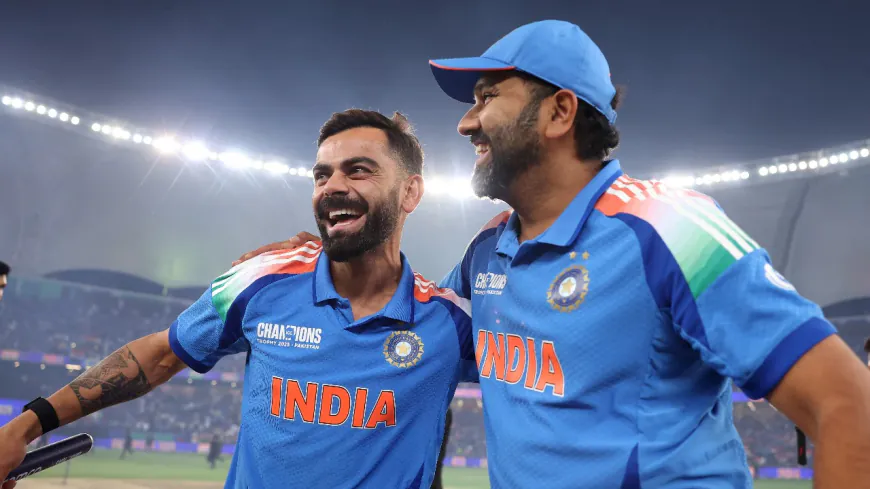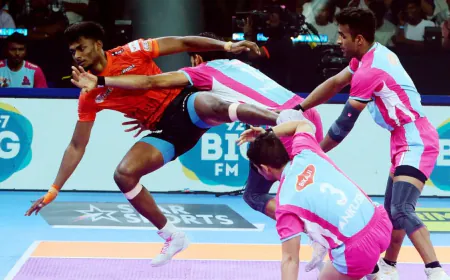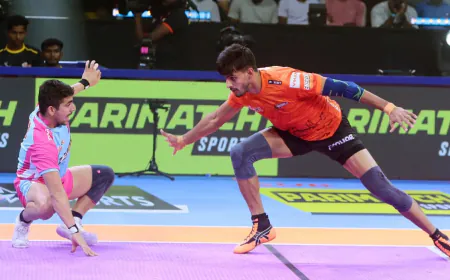BCCI Central Contracts-Debates, Comebacks, and Stakeholder Disagreements
The recent BCCI central contracts announcement has ignited furious discussions regarding player inclusions, high-profile returns, and stakeholder conflicts. Major points for debate focus on inclusions, exclusions, and the economic implications for India's highest-paid cricketers. With some veteran players excluded and emerging stars getting contracts, this move has polarized opinions throughout the cricket fraternity.

The Board of Control for Cricket in India (BCCI) will soon announce its central contracts for male cricketers, but the delay has created mounting speculations regarding potential changes in the A+ category. With greats like Rohit Sharma, Virat Kohli, and Ravindra Jadeja retiring from T20 Internationals, the debate regarding contract retainment has gained momentum. Though the women's central contracts, detailing 16 players in three grades, have already been released, the men's contract list, which is likely to include about 30 names, is awaiting approval.
A+ Category-A Point of Contention
The top retainership category in BCCI contracts is A+, with an annual remuneration of ₹7 crore. Grade A players are paid ₹5 crore, while Grade B and C players are paid ₹3 crore and ₹1 crore, respectively. Historically, A+ contracts have been the preserve of players who are irreplaceable in all three formats. In the last season, Jasprit Bumrah, Rohit Sharma, Virat Kohli, and Ravindra Jadeja were the top-level contracts. But since Kohli, Rohit, and Jadeja retired from T20Is, it is no longer sure that they will automatically be picked in all the formats.
In spite of this, there is a strong lobby within the BCCI in favor of maintaining the status quo. They are of the view that Kohli and Rohit, despite being two-format players, remain the pillars of Indian cricket and should be kept in A+ category. Others believe that the A+ criteria must be strictly reserved for three-format players, and that would leave Bumrah as the only obvious candidate for being kept in this top class.
Ravichandran Ashwin, one of the stalwarts of Indian cricket for many years, is already retired from international cricket and will be taken off the contract list. For him, all-rounder Axar Patel is likely to be upgraded from Grade B to Grade A. Axar has been consistently performing in ODIs and T20Is and has even played 14 Test matches. His selection as the vice-captain in the England T20I series also confirms his position in the team.
The most expected to return is perhaps Shreyas Iyer. Removed from the list in the previous season, Iyer played 11 ODIs this year and becomes fit for inclusion. His return should be either at Grade B or C, with the ultimate discretion left to the final selection committee. Yashasvi Jaiswal, another youngster presently in Grade B, has already demonstrated incredible amounts of potential in all formats of the game. His showing can possibly earn him a promotion to Grade A.
For a player to be eligible for a central contract, he has to play at least three Tests, eight ODIs, or ten T20Is in a calendar year. On these grounds, Bengal fast bowler Akash Deep and middle-order hitter Sarfaraz Khan, both having fulfilled the match requirements needed for it, are likely to join Grade C.
Another player whose inclusion is anticipated is Nitish Kumar Reddy, who has appeared in all five Tests and four T20Is of the Border-Gavaskar series. His consistency in important series renders his induction into the list nearly inevitable.
While there are those being rewarded with their performances, others stand in danger of exclusion. Shardul Thakur and Ruturaj Gaikwad, who were under last year's contracts, do not qualify as per the minimum match requirements for them to retain their places. However, exceptions can be made by the selection committee, together with the head coach and the secretary. In case their promise and value to Indian cricket is considered crucial, they may find a place on the new list.
Decision-Making Process-The Role of BCCI’s Key Authorities
The central contracts are drafted by the national selection committee in consultation with the head coach and BCCI secretary Devajit Saikia. Once finalized, they are submitted to the Apex Council for approval before being officially announced.
Conclusion-What Lies Ahead?
The upcoming BCCI contract announcement is likely to bring both surprises and expected changes. While the A+ category retention of old players continues to be a controversial topic, fresh faces such as Jaiswal, Akash Deep, and Sarfaraz Khan are likely to find a place. As Indian cricket is on the cusp of a change, these contract announcements will reward previous performances as much as they determine the destiny of the national side. The ultimate judgment, when it comes, will shed light on the way the BCCI wishes to proceed during this changing era of Indian cricket.





















































